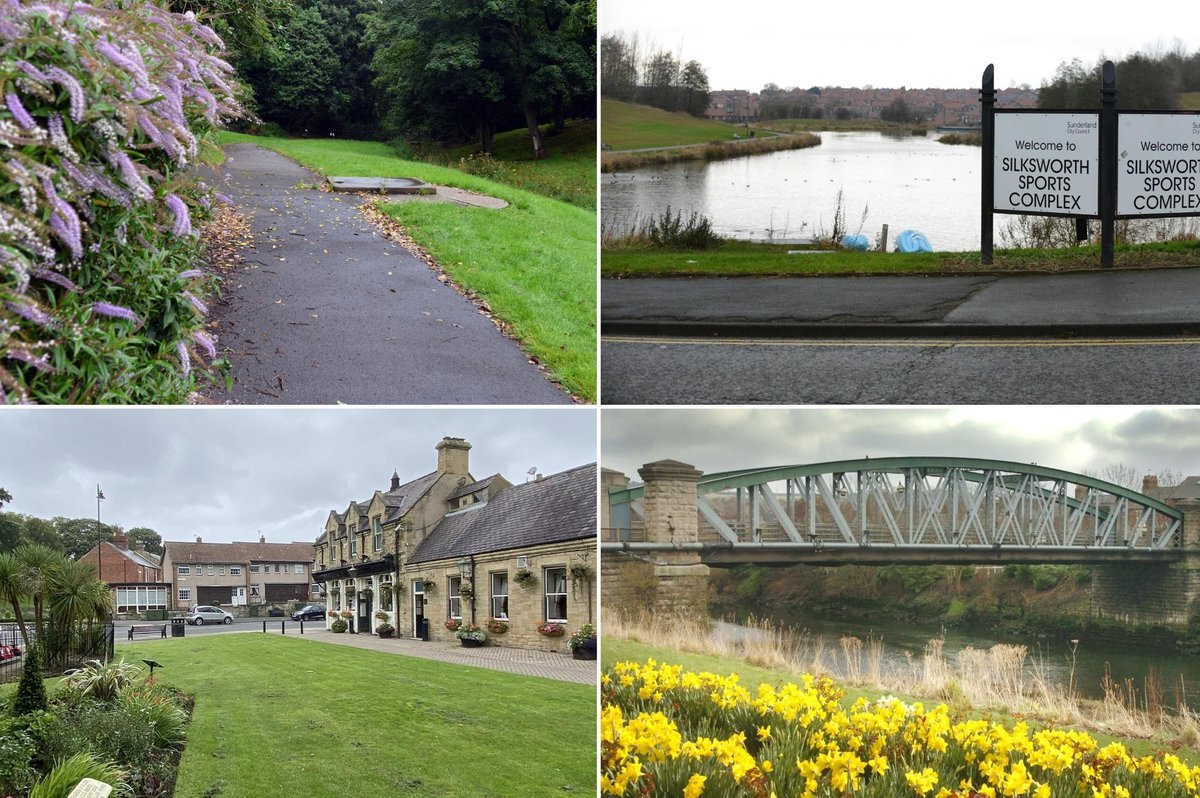Achieved outcomes and impacts:
The Greenspace Audit was designed to set local standards and guidelines based on assessments of local needs, demographics, and audits of existing open spaces. It provides the basis for addressing quantitative and qualitative deficiencies through the planning process and recommends policies and actions for inclusion within Council strategies. The standard also enables the City Council to ensure the most effective and efficient use of greenspaces within the city and plan and respond appropriately to any pressures of immediate and future developments. In the 2012 assessment, the Audit applied innovative methods for public engagements in supporting decision-making, providing detailing evaluation for each greenspace type based on scientific criteria, and using technological advancements for spatial analysis (e.g., The use of Geographical Information System - GIS).
The Audit documented the quantity, quality, and accessibility of 13 different types of greenspaces, organized based on the neighborhood in Sunderland. Following Planning Policy Guidance Note 17 (PPG17) criteria, surveyors visited and assessed all the various sites referred to in the typologies; later, the city department appraised each plot's quantity, quality, and value. All sites were then analyzed in terms of consistency of approach by the Lead Officer. Sunderland's Greenspace Audit has applied community value weightings to the final audit score wherever it was merited (results taken from the public consultations). A total of 1770 greenspace sites have been identified within Sunderland, forming 3,860 hectares or 27.6% of the city area, whereas 8,000 hectares (57%) of green land in the city were identified as 'undeveloped' with high potential for future utilizations.
Success factors and lessons learned:
The up-to-date assessment approach adopted in the Greenspace Audit supports better anticipating the future demand and expanding the existing capacities accordingly, thus, achieving sustainable development. The Audit included policy recommendations to address spatial deficiencies and inequalities and provided specific leverage points, priorities, and actions for the way forward across all green space types and neighborhood districts (e.g., amenity greenspace, formal parks, community gardens, etc.). The Audit also illustrates a roadmap with steps to be taken, such as interconnecting policies with local development strategies and ensuring that the Development Management Team has up-to-date evidence when determining planning applications. Furthermore, the alignment of the Audit with the Area Regeneration Frameworks (ARFs) provides priority actions, guidelines, and policies based on a place-tailored approach within the city's Strategic five areas (ARFs) - resulting in locally appropriate outcomes. Another factor is the introduction of innovative citizen science methods, which include community value weightings as part of public engagement outputs; this is used to help quantify other considerations relevant to greenspace that may not have been fully represented in the assessment questions.

